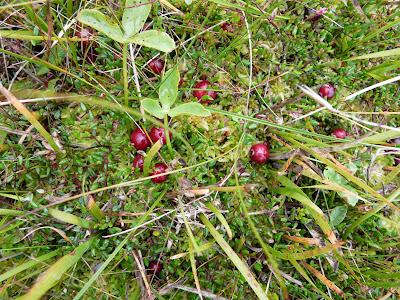
Amongst the statements, invoices and supermarket flyers in my post was a large envelope with a stiff card inside. Across the top, in bold print, it read ‘A Matter of Utmost Gravity’ - this was my invite to ride a gravity train.
We gathered at the engine sheds for an early morning briefing, wearing warm and sombre clothing, in keeping with the elements and the heritage. The ‘professionals’, in the sense that they’d done this before, were in their donkey jackets and bowler hats. They would be in charge of the brakes but would not have looked out of place at a funeral procession.
Our train consisted of 32 slate wagons connected with couplings that each allowed a foot of movement – this was a major element in the safety instructions, to make sure you didn’t get sandwiched in between. On braking, the wagons crash together like a concertina. Forms were signed to say we were willing to risk our lives in pursuit of the thrill – in terms of heritage railway experiences this has to be on the enthusiasts’ bucket list.
There were all sorts on board: in the wagon behind was the railway’s general manager, carefully laying down a large piece of cardboard on which to stretch out, ahead of me was the editor of Steam Railway magazine. Beyond him the director of the Rail Museum in York and someone from the National Slate Museum. Including the brakesmen, we were a crew of 30.
Horses were not available so a coal fired steam engine was to pull us up the track and we set off engulfed in a cloud of atmospheric steam. We spluttered out of the first tunnel – glasses and cameras all steamed up. After a level crossing, a water stop and a couple of token exchanges (signalling), we arrived, an hour later and 11 miles up the line, at the highest point from which we could freewheel.
It looked pretty flat to me but 1 in 80 was steep enough to get us going and within a couple of minutes we were rolling through the 310 yards (283m) of the Moelwyn Tunnel – pleasant without the steam and smuts. Onwards and downwards with the occasional jolt and judder as the head brakesman raised his flag – red for all brakes on, yellow with a number shouted meant the first number of wagons to brake, and green for all brakes off.
As we rounded each bend, approached tunnels or trespassing sheep, the head brakesman was blowing a bugle but I heard none of this above the clatter of the wheels on the tracks.
For safety reasons we were doing up to 15 mph but 30 mph was said to be the speed at which they used to be operated – maybe full of slate they’d hug the line better? Being low to the ground, through cuttings hewn out of rock, there was a sensation of speed a bit like an open top sports car.
As we approached the coast a red signal caused us to stop and lose momentum. We started off once more but with only enough speed to get us a short distance across The Cob – the mile long embankment built by William Madocks which will be 200 years old in 1811.
Another steam engine came to the rescue and shunted us to the end of the line at Harbour Station for a celebratory breakfast. What a journey – the ultimate 11 mile rollercoaster ride.
YouTube of the Gravity Train at http://www.youtube.com/watch?v=a4bl9AoNLTw
Huw











